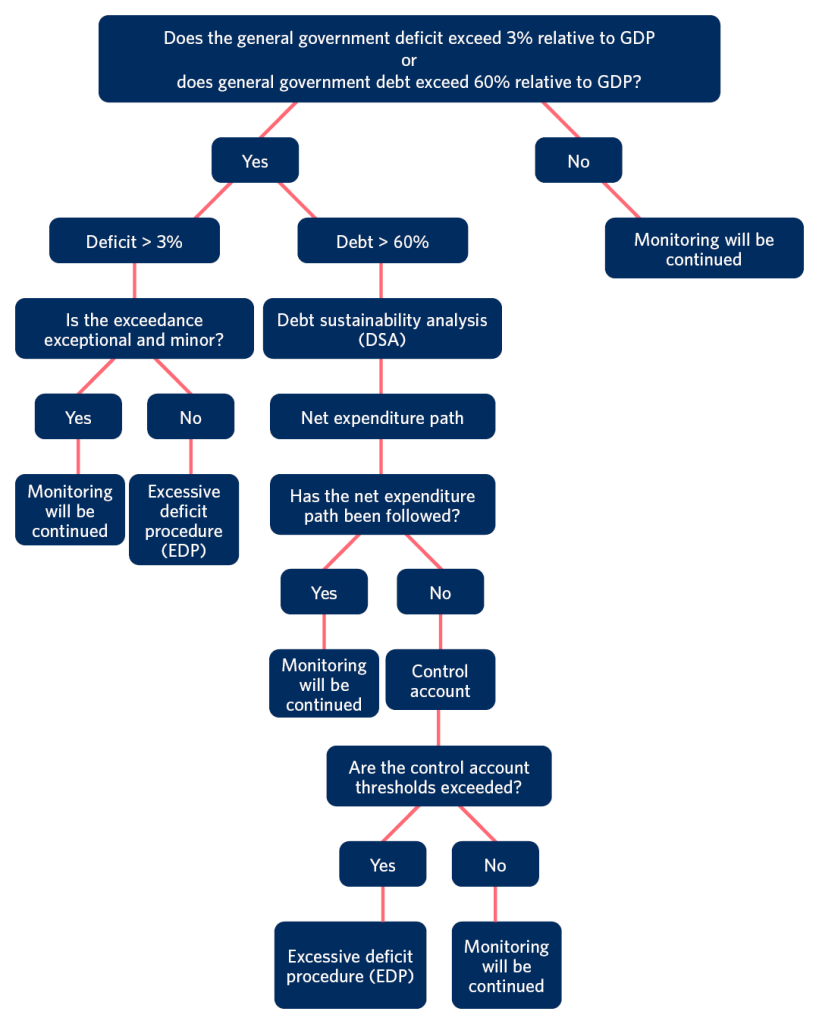The seminar organised by the National Audit Office's fiscal policy monitoring function on 13 February 2025 discussed how the EU fiscal policy rules, reformed in 2024, function. In this blog post, I will go through the logic behind the rules.
Fiscal rules support sustainable public finances
The EU’s fiscal rules are economic policy regulations that require Member States to maintain sustainable public finances. Sustainable public finances mean that general government revenue is sufficient to cover general government expenditure, preventing excessive deficits and uncontrolled debt accumulation.
Striving for sustainable public finances is essential. If a Member State accumulates debt uncontrollably, there is a growing risk that its access to financing from the financial markets dries up. At the same time, the risk of the Member State’s insolvency increases, along with the likelihood that other EU countries will have to finance countries heading towards insolvency.
The rules guide Member States to adjust their public finances if necessary
The main task of the EU fiscal framework is to guide Member States to adjust their public finances if their general government revenue is insufficient to cover their general government expenditure and if the imbalance between revenue and expenditure is of a permanent nature. Adjustment means either reducing expenditure or increasing revenue. In other words, the rules aim to steer Member States’ economic behaviour in order to prevent excessive accumulation of government debt.
In the figure below, I have illustrated the logic behind the fiscal rules. I have simplified the logic in such a manner that only the key elements of the economic governance process are included in the figure and text. The process includes making choices based on the state of the Member State’s economy.

Under the EU fiscal rules, the public finances of a Member State must not exceed certain thresholds: the general government deficit (expenditure exceeds revenue) must not exceed 3% relative to GDP and the debt-to-GDP ratio must not exceed 60%.
If a Member State’s general government deficit exceeds 3%, the European Commission will assess whether the exceedance has been caused by exceptional circumstances and whether it is temporary and minor. If not, the Commission can recommend that the Member State should address the situation through an excessive deficit procedure (EDP). Otherwise, monitoring will be continued.
If a Member State’s government debt-to-GDP ratio exceeds 60%, calculations are made on how the Member State should curb the growth of its government debt. This set of calculations is called debt sustainability analysis (DSA). The calculations provide the amount of fiscal adjustment required to put the government debt on a downward path. This result is referred to as the net expenditure path. According to the fiscal rules, the Member State must follow the net expenditure path. If the Member State does not follow it, the deviations are recorded in a control account. If excessive deviations are accumulated in the control account, the Member State must make fiscal adjustments through an excessive deficit procedure (EDP).
The framework offers plenty of flexibility – monitoring is needed
The EU fiscal framework includes a large number of flexibility options, which have already been utilised many times. This raises the question of whether the rules are credible enough to prevent the growth of government debt.
The European Commission can recommend the Council of the European Union to impose fines on Member States that breach the rules. However, in practice, this has never happened even during the previous framework.
It remains to be seen how the new rules work in practice. The implementation of the new fiscal framework began last year, and some of the practices related to the application of the rules have not yet been agreed upon at the time of writing this blog. The NAOF’s fiscal policy monitoring function is prepared to continue monitoring compliance with the EU rules in Finland. In this way, we contribute to the implementation of the new rules and to transparency, which Parliament considers important.
Read also our previous blog post on the seminar organised by the NAOF’s fiscal policy monitoring function on the reformed EU fiscal rules: The EU fiscal rules – a solution or a compromise?


